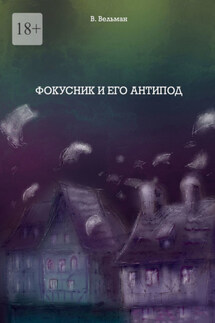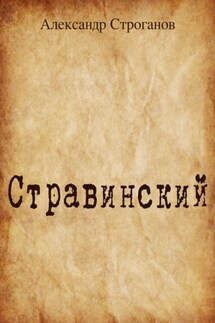Vol. 1(1). 2018 - страница 7
The imagination plays a central role for all forms of social and cultural action and its concentration in human and world images. Using images, diagrams, models, etc., it controls the human behaviour and action. Images are defining moments of the action, whose significance is constantly increasing. This leads to the question what makes an image and what types of images can be distinguished. For example, mental images can be distinguished from manually and technically generated images, as well as moving and non-moving images.
The imagination is of fundamental importance not only in global art. It plays an important role in the genesis of the Homo sapiens sapiens and its cultures. References to the aesthetic design of bone scrapers can be traced back several hundred thousand years (Wulf 2014). People’s access to the world and the world’s access to the «inner» person takes place using the imagination in the form of images.
A distinction can be made between magical images, representative images and simulated images. The magical images have no reference connection; they are what they portray. The statue of the «Golden Calf» is the holy thing; with a relic the body part of the holy thing is the holy thing. The situation is different for representative images which are often based on mimetic processes. They refer to something which they portray themselves or are not. Photos are included here which show situations which are the past and not the present. Simulated images are images which have become possible with the new processes of electronic media and are playing an increasing role in the lives of people. The difference between the perceived and the mental images is important. Each presentation is an expression of the fact that an object is missing. This is obvious for souvenir pictures and future projections. The perceived images based on existing objects have an influence on both.
Pathological images, visions and dreams also differ to perceived and souvenir pictures. In all cases the imagination is involved in the creation of the images. With help of the imagination mental or «inner» worlds of images emerge, in which emotions are crystallised. The dynamics of the imagination combines people and creates a sense of community. Its ludic character creates connections between images and new images can emerge.
MIMESIS AND IMAGINARY
With help of mimetic processes individuals, communities and cultures create the imaginary. This can be understood as a materialised world of images, sounds, touch, smell and taste. It is the precondition that people perceive the world in a historically and culturally influenced manner. The imagination remembers and creates, combines and projects images. It creates reality. At the same time, the reality helps the imagination to create images. The images of the imagination have a dynamic character structuring the perception, memory and future. The networking of the images follows the dialectic and rhythmical movements of the imagination. Not only everyday life, but also literature, art and performing arts, obtain an inexhaustible memory of images. Some appear to be stable and hardly changeable. In contrast, others are subject to the historic and cultural change. The imagination has a symbolising dynamic, which continuously creates new meanings and uses images for this purpose. Interpretations of the world are developed using these images created by the imagination (Hüppauf, and Wulf 2009; Wulf 2018).






